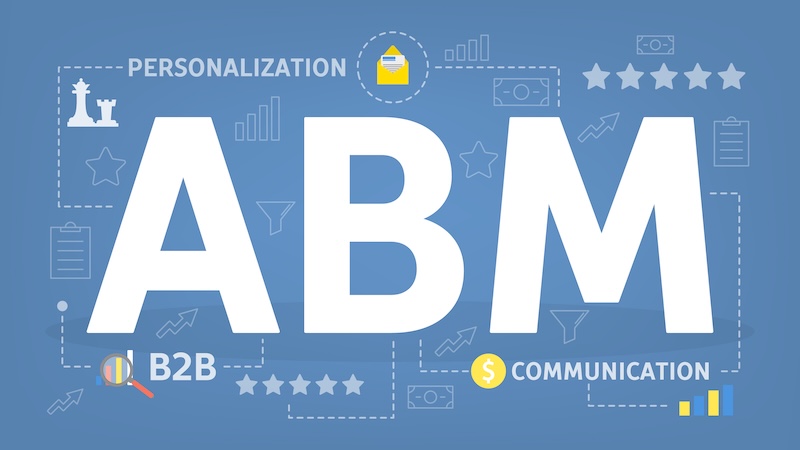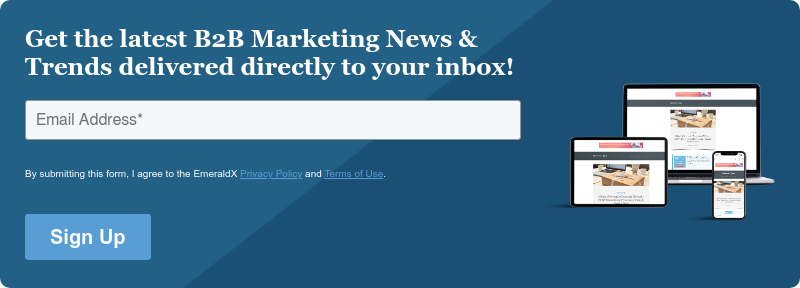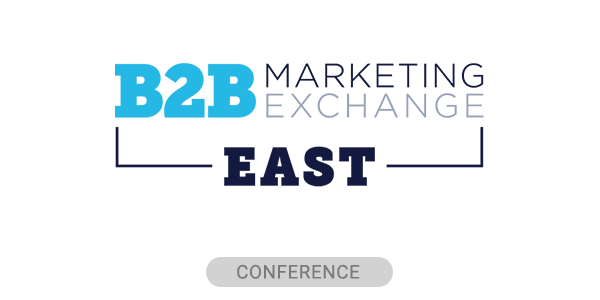Account-based marketing (ABM) has become a standard strategy for B2B organizations seeking to engage high-value accounts. While its value is widely accepted, a recent Forrester report commissioned by Influ2, reveals a significant gap between strategy and successful execution.
Many marketers still struggle to put ABM into effective action, facing hurdles in engaging the right people within their target accounts. This points to a need for a more granular approach, shifting the focus from the account level to the individual contacts who make up the buying committee.
The Beyond ABM: Reach Buyers Within Accounts With Contact-Level Marketing report surveyed 163 ABM leaders at enterprise B2B companies across North America to understand the state of their marketing efforts. According to the research, 58% of ABM leaders report having only a moderate, limited, or nonexistent ability to drive engagement from their key accounts.
Influ2’s Lisitski Weighs In
These statistic underscores that while the ambition for targeted marketing is high, the capability to execute it effectively is lagging for a significant portion of the market.
“Account-based marketing as a strategy makes total sense, but the fact is people make decisions, not accounts,” said Dmitri Lisitski, co-founder and CEO of Influ2. “Traditional ABM platforms lack the precision needed to reach individual decision-makers, which is why many marketers struggle to drive engagement from their key accounts.”
Right Buyer, Right Time
Digging deeper, the report identifies the core challenges hindering successful ABM engagement. The primary obstacle is identifying the right buyers within an account, stated 42% of respondents. This is closely followed by difficulties in engaging those buyers at the right time (37%) and personalizing outreach at scale (31%).
“Intent can’t be a ‘black box.’ Marketers need to know exactly who is researching relevant topics and what they’re focused on in real-time,” added Lisitski. “This research confirms that contact-level ABM drives stronger sales alignment, faster sales cycles, and higher ROI.”
Measurement fragmentation complicates the ability to prove ABM’s value and refine strategies. The study found that marketers lack a unified method for gauging effectiveness. While 47% track top-of-funnel engagement metrics like email opens and content downloads, other critical business-impact metrics are used far less frequently. Key indicators such as conversion rates, return on investment (ROI), and account penetration are tracked by fewer than 40% of practitioners.
Data Issues
When attempting to move toward more precise, contact-level marketing, 42% B2B marketers said they are hindered due to having limited access to accurate and actionable contact data. A third of respondents reported a lack of technology specifically designed to support personalization at an individual level. These data and tech gaps, compounded by difficulties integrating sales and marketing systems and navigating budget constraints, prevent organizations from fully realizing the potential of a buyer-centric ABM approach.
Failing to effectively target and engage key decision-makers leads directly to stunted pipeline growth, lost revenue opportunities, and slower sales conversion rates, according to the report.
As generative artificial intelligence (Gen AI) becomes more integrated into business processes, officials from Forrester and Influ2 both stressed the need for continuous training and upskilling for customer-facing teams becomes essential. Without adopting the right tools and skills to reach specific buyers, businesses risk falling behind in a rapidly evolving market.
Forrester’s View
“Buying groups are becoming more complex and more self-directed in their engagement,” says Nora Conklin, Principal Analyst at Forrester. “Unless B2B marketers can pinpoint and connect with their buyers, no strategy can succeed.”
Despite these challenges, the opportunity for organizations that successfully implement a contact-level strategy is substantial. Accessing deeper behavioral insights on individual buyers drives significant business benefits, including improved customer retention (58%), optimized resource allocation (49%), and deepened alignment between sales and marketing teams (47%).
By embracing tools and processes that enable precise, personalized engagement, the report finds that businesses can make contact-level marketing a crucial differentiator, transforming their ABM programs from a high-level concept into a powerful engine for profitable growth.







